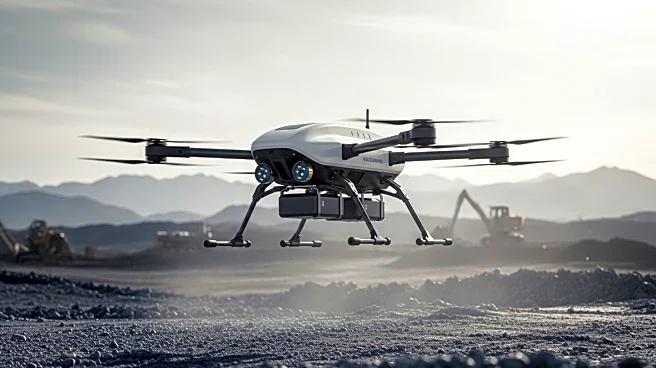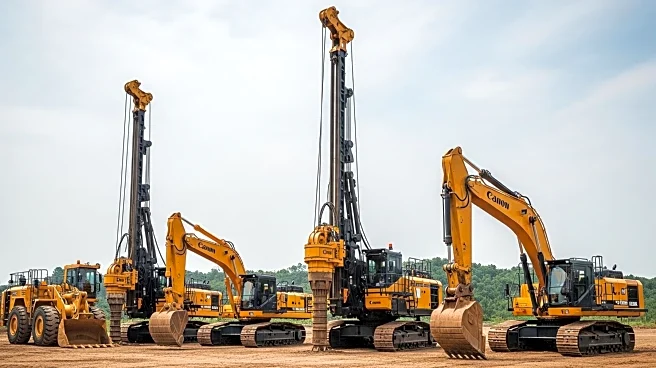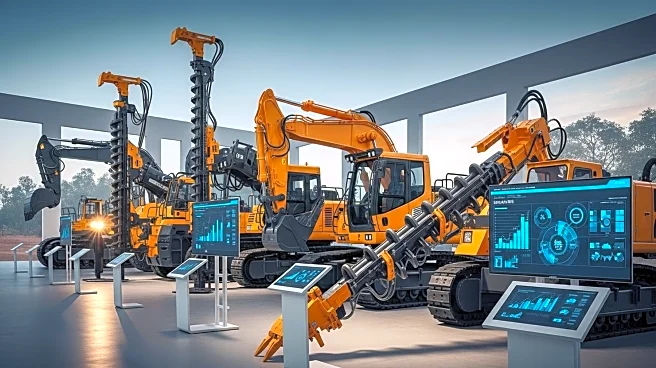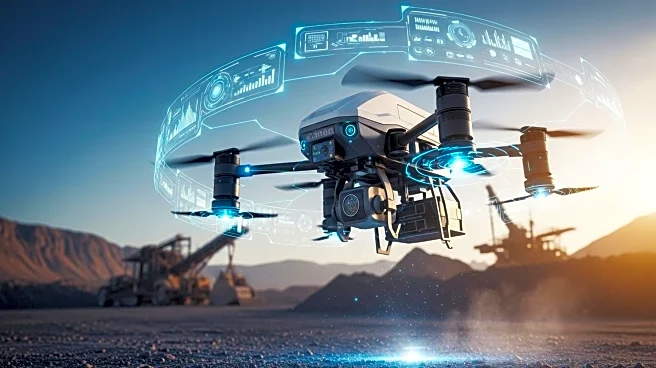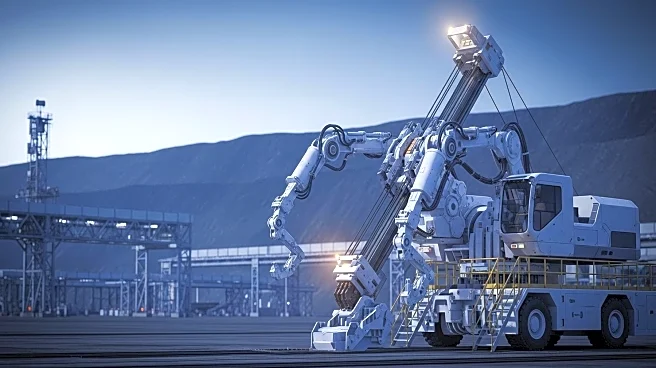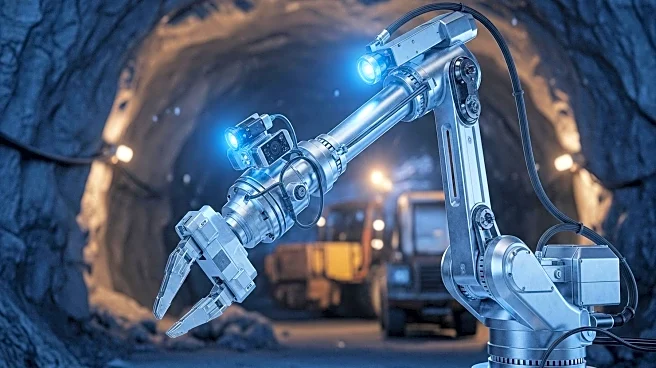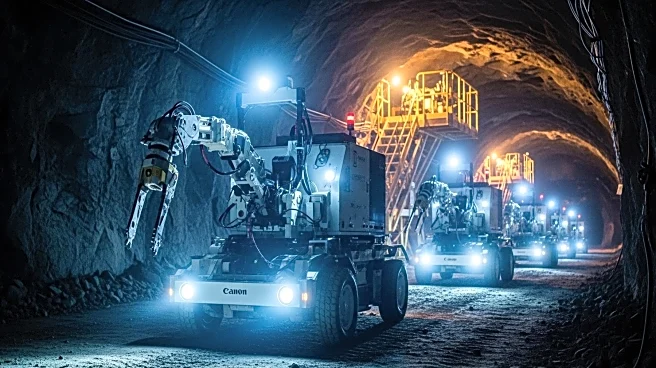What is the story about?
What's Happening?
The mining industry is increasingly turning to remote operations as a solution to the challenges of extracting minerals from difficult-to-access locations. Remote mining, powered by digital telecommunications, offers a viable alternative to traditional mining by enhancing productivity and safety. These operations utilize cameras, computer vision, and sensing systems, allowing personnel to manage mining activities from remote locations. This approach not only increases efficiency but also reduces the risk to workers by removing them from hazardous environments. However, remote mining requires significant investment in automation and digital infrastructure, which is typically feasible for large multinational corporations. Despite these advancements, traditional mining still holds advantages in certain scenarios, particularly where on-site presence is crucial for immediate problem-solving and equipment adjustments.
Why It's Important?
The shift towards remote mining operations has significant implications for the mining industry, particularly in terms of safety, efficiency, and sustainability. By reducing the need for on-site personnel, remote mining minimizes the risk of accidents and improves the quality of life for workers, who are less exposed to harsh conditions. This transition also supports sustainability goals, as automated systems tend to consume less fuel and require less maintenance, leading to reduced energy costs. The adoption of remote mining technologies is expected to boost productivity, with digital innovations potentially increasing industry output by up to 23%. However, the high cost of implementing these technologies may limit their adoption to larger companies, potentially widening the gap between large and small mining operators.
What's Next?
As remote mining technologies continue to evolve, the industry is likely to see further integration of automation and digital communications. Companies that can afford the initial investment in these technologies will likely lead the way in operational efficiency and safety. The ongoing development of private 5G networks and other digital innovations will play a crucial role in supporting these advancements. Smaller mining companies may face challenges in keeping up with these changes due to the prohibitive costs of transitioning from traditional to remote operations. The industry will need to address these disparities to ensure that the benefits of remote mining are accessible to a broader range of operators.
Beyond the Headlines
The move towards remote mining operations also raises questions about the future of the workforce in the mining industry. As automation and remote technologies reduce the need for on-site labor, there may be a shift in the types of skills required, with a greater emphasis on technical and digital expertise. This could lead to changes in employment patterns and necessitate retraining programs for workers. Additionally, the environmental benefits of remote mining, such as reduced fuel consumption and lower emissions, align with global efforts to combat climate change, positioning the mining industry as a potential leader in sustainable practices.
AI Generated Content
Do you find this article useful?
